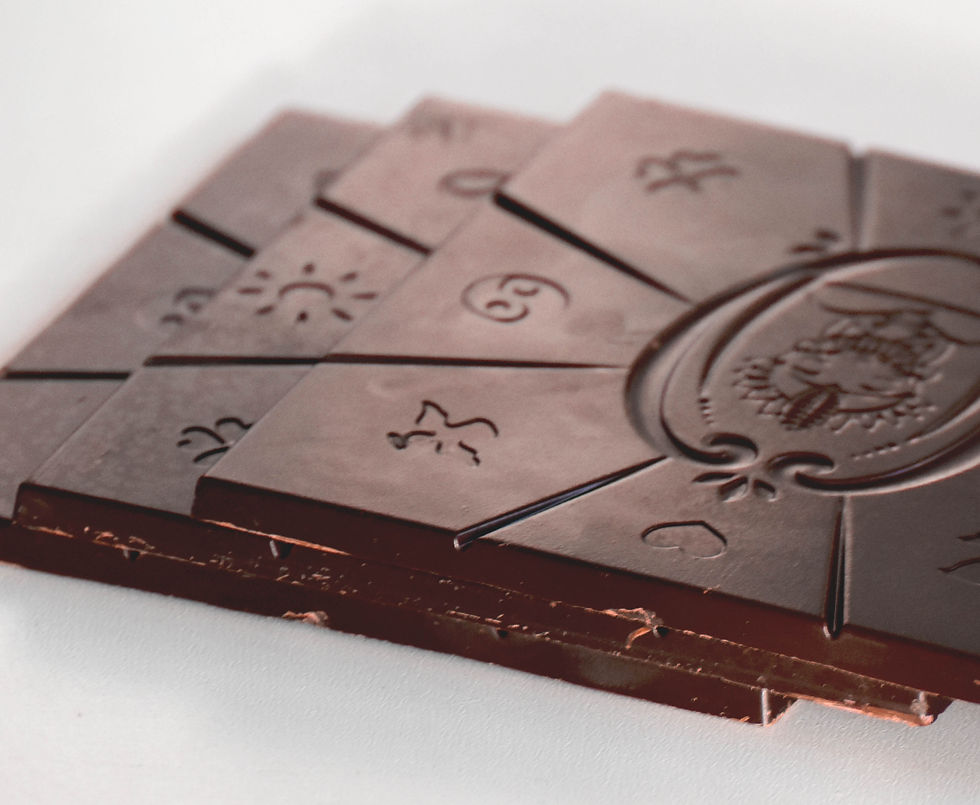Buckwheat: Know the benefits to your health
- ritalebreiro
- Jan 13, 2023
- 2 min read
Updated: May 11, 2023
Post elaborated by the nutritionist Ana Rita Lebreiro from @nutripontocome

Consumption of buckwheat, also called buckwheat, appears to have begun about 5000 to 6000 years ago in Southeast Asia and then spread to Central Asia, the Middle East, and Europe.
Although it is used as a cereal, for example for bread making, buckwheat is not a cereal but rather a seed from a fruit of the rhubarb family. Since it is not a cereal, it is gluten-free and can be eaten by celiac patients and people with sensitivity to gluten.
Nutritionally it is a very interesting and rich food. It is a source of fiber, mainly resistant starch, to which a potential prebiotic effect is attributed, by stimulating the proliferation of bacteria beneficial to the body. It has a higher protein content than common wheat, and high biological value protein, i.e., with all eight essential amino acids. It is a source of vitamins, especially B vitamins such as B1, B2, and B6; and minerals such as potassium, phosphorus, magnesium, calcium, sodium, manganese, and zinc.
Buckwheat is rich in two flavonoids with several beneficial effects on the body: rutin and quercetin. The rutin helps strengthen and increase the flexibility of blood vessels, and quercetin has anti-inflammatory, anticarcinogenic, antiviral, and cardioprotective properties, among others.
All these nutrients contribute to the benefits of the frequent consumption of buckwheat, such as lowering cholesterol and triglyceride levels, thus contributing to cardiovascular health, improving bowel function and helping to control blood glucose, being an asset in the prevention of diabetes.
If you don't consume it regularly yet, you can start with Simplu granolas, all of which have buckwheat in their composition and, as you know, are easy to combine with any fruit or yogurt!
Sources:
https://fdc.nal.usda.gov/fdc-app.html#/food-details/170686/nutrients
Christa, Karolina and Soral-Smietana, Maria, Buckwheat Grains and Buckwheat Products - Nutritional and Prophylactic Value of their Components - a Review. Czech F. Food Sci. Vol. 26, No.3: 153 - 162.
Chia-Chen Lee et al, Fagopyrum tataricum (Buckwheat) Improved High-Glucose-Induced Insulin Resistance in Mouse Hepatocytes and Diabetes in Fructose-Rich Diet.Induced Mice. Exp Diabetes Res. 2012; 2012: 375673.








Comments